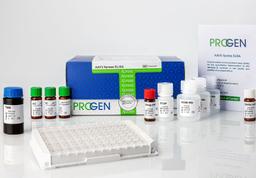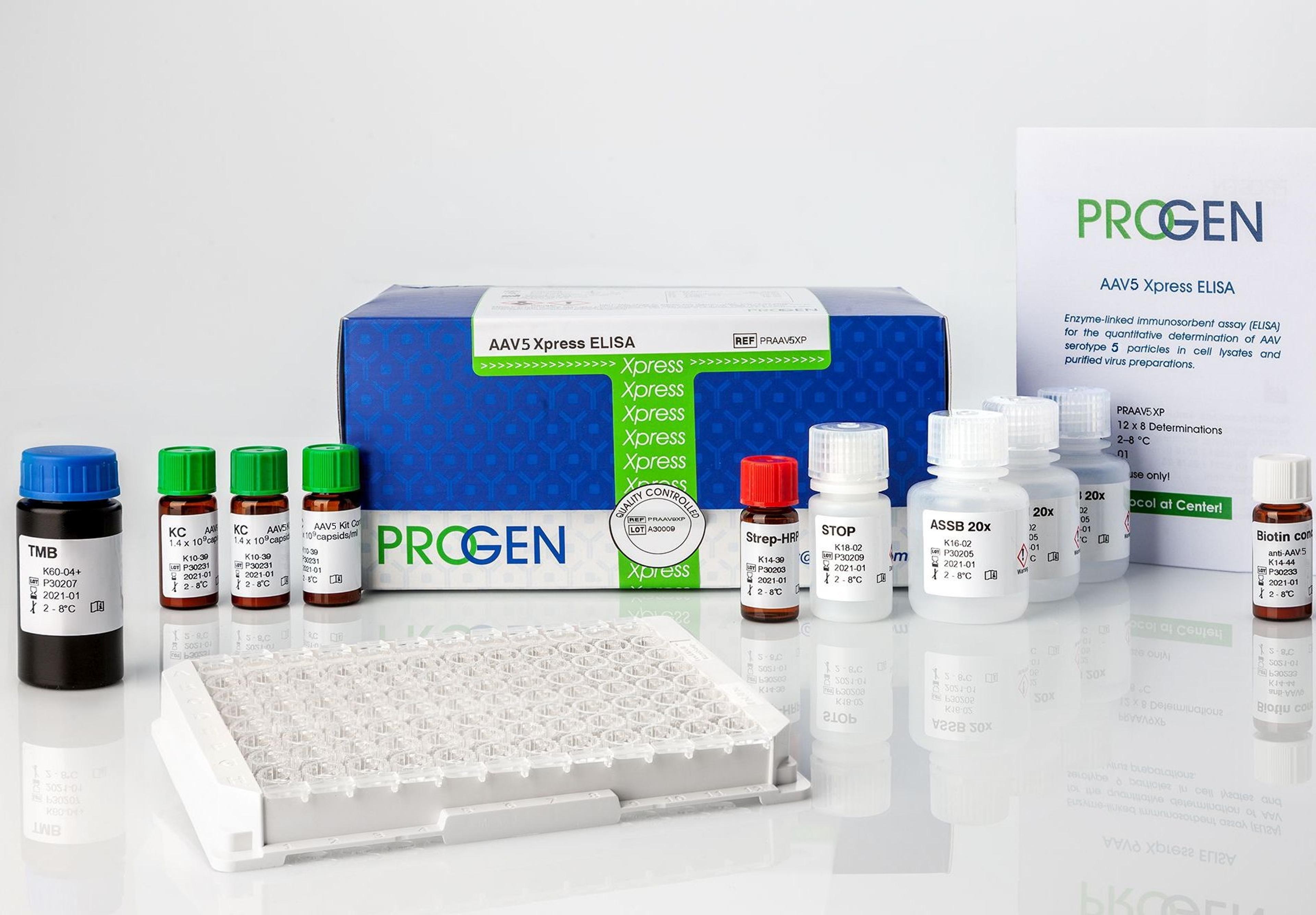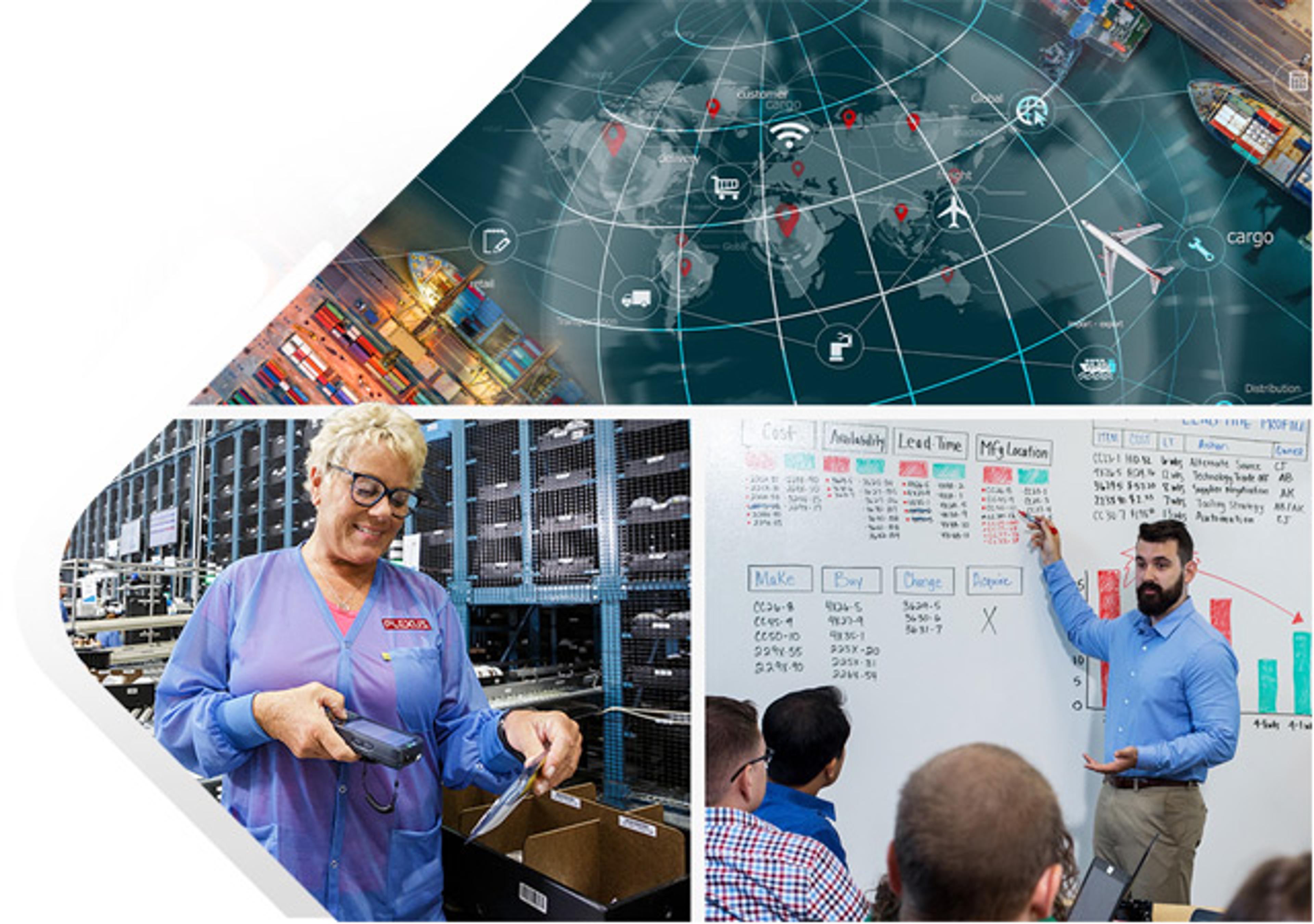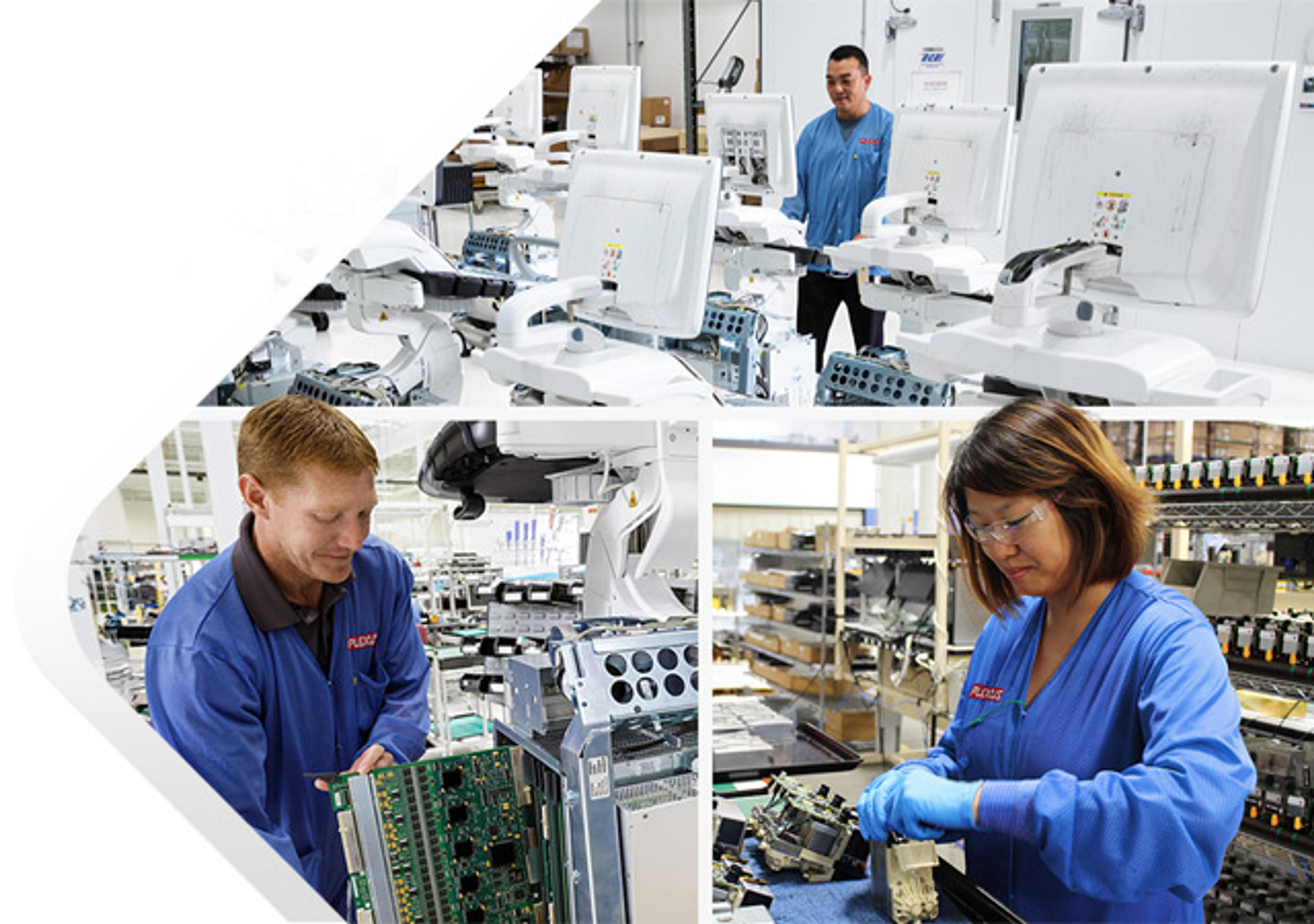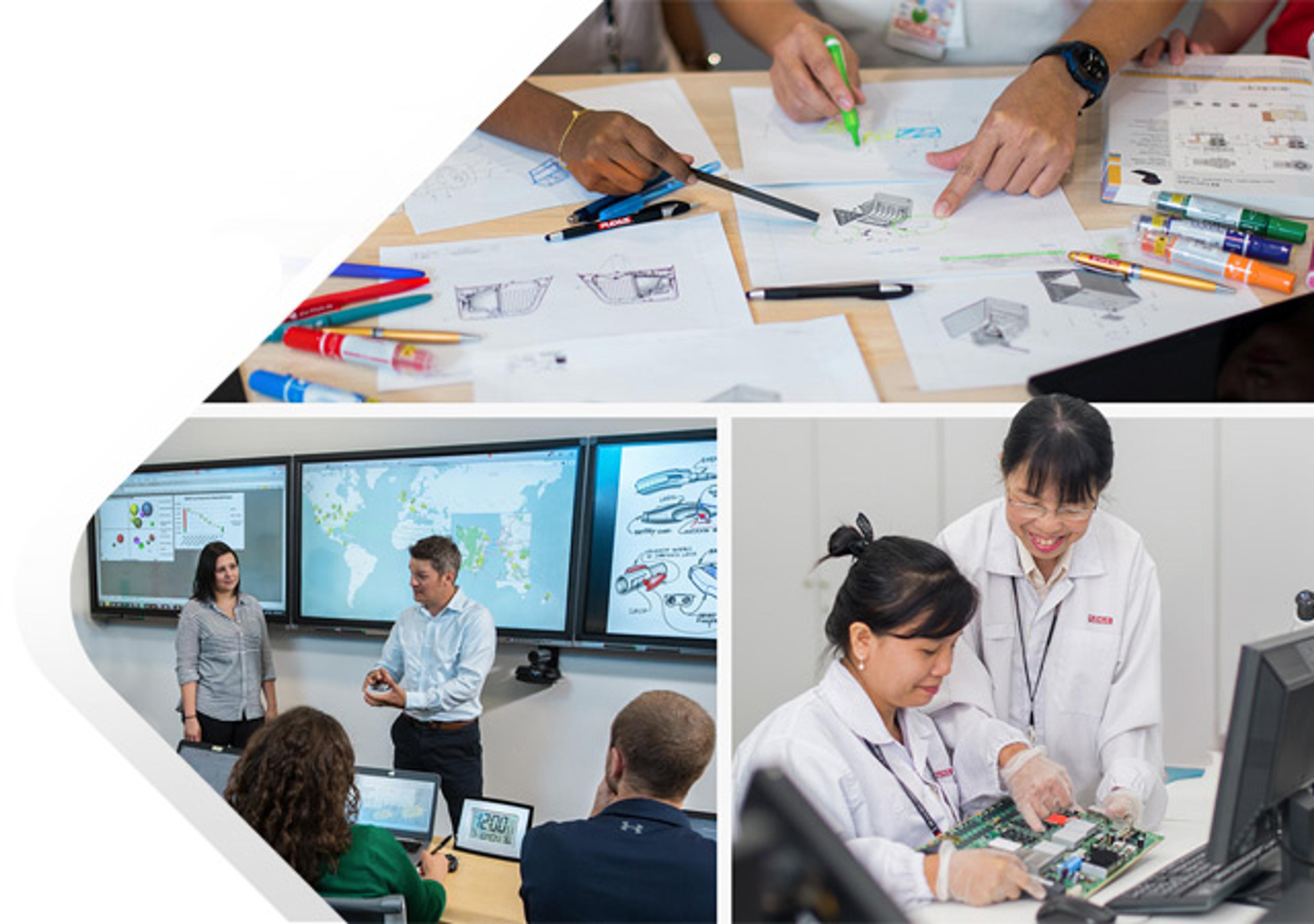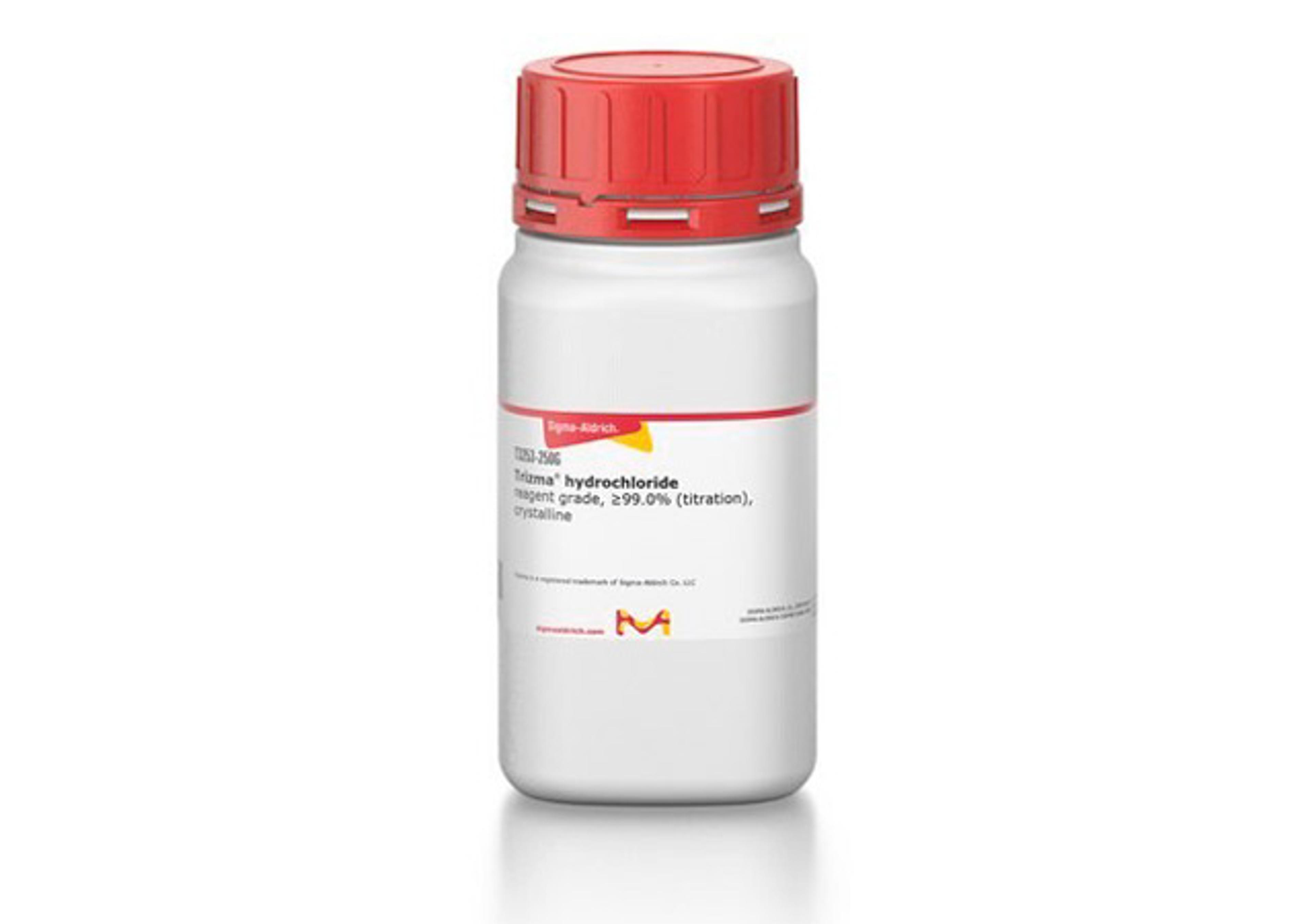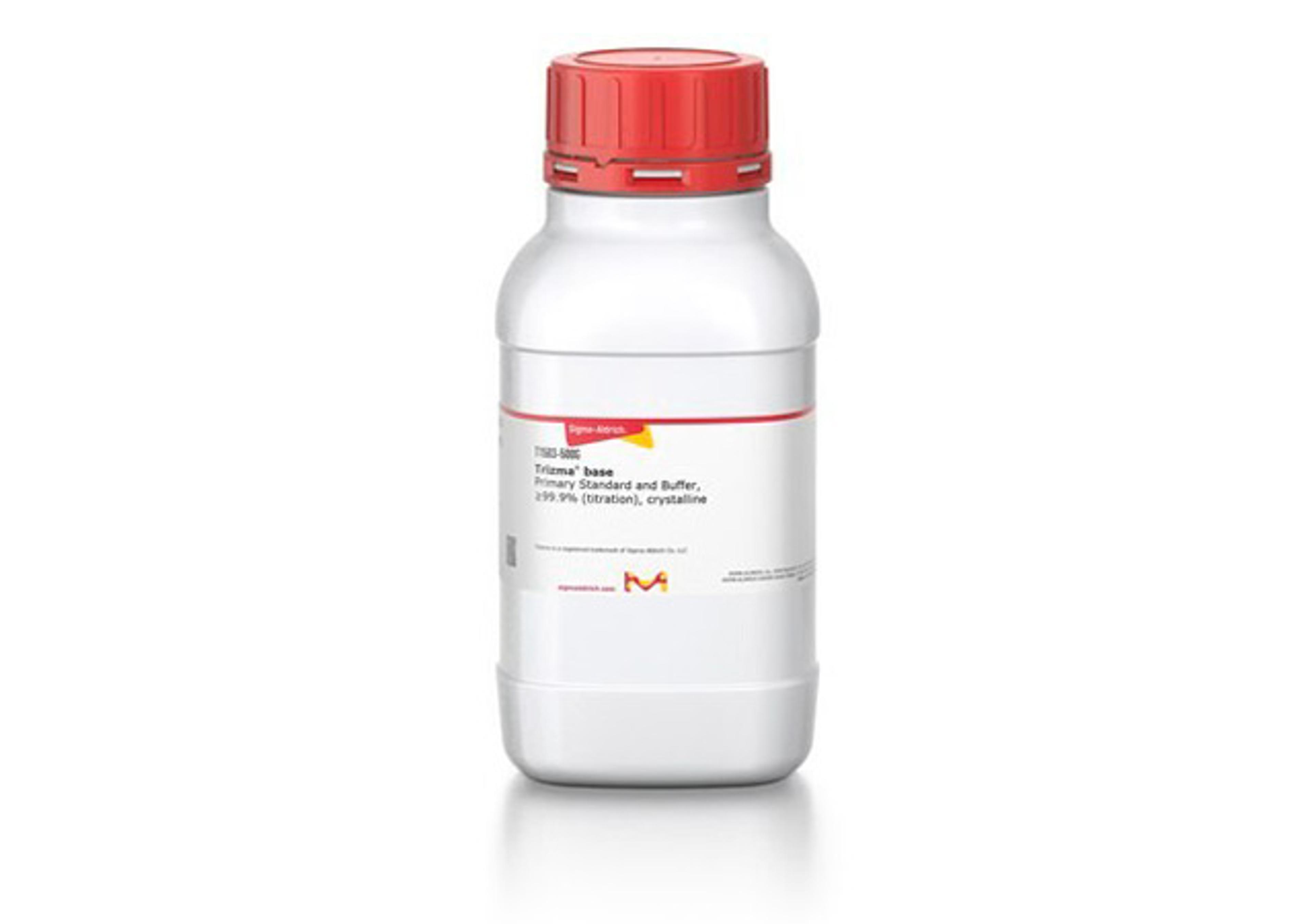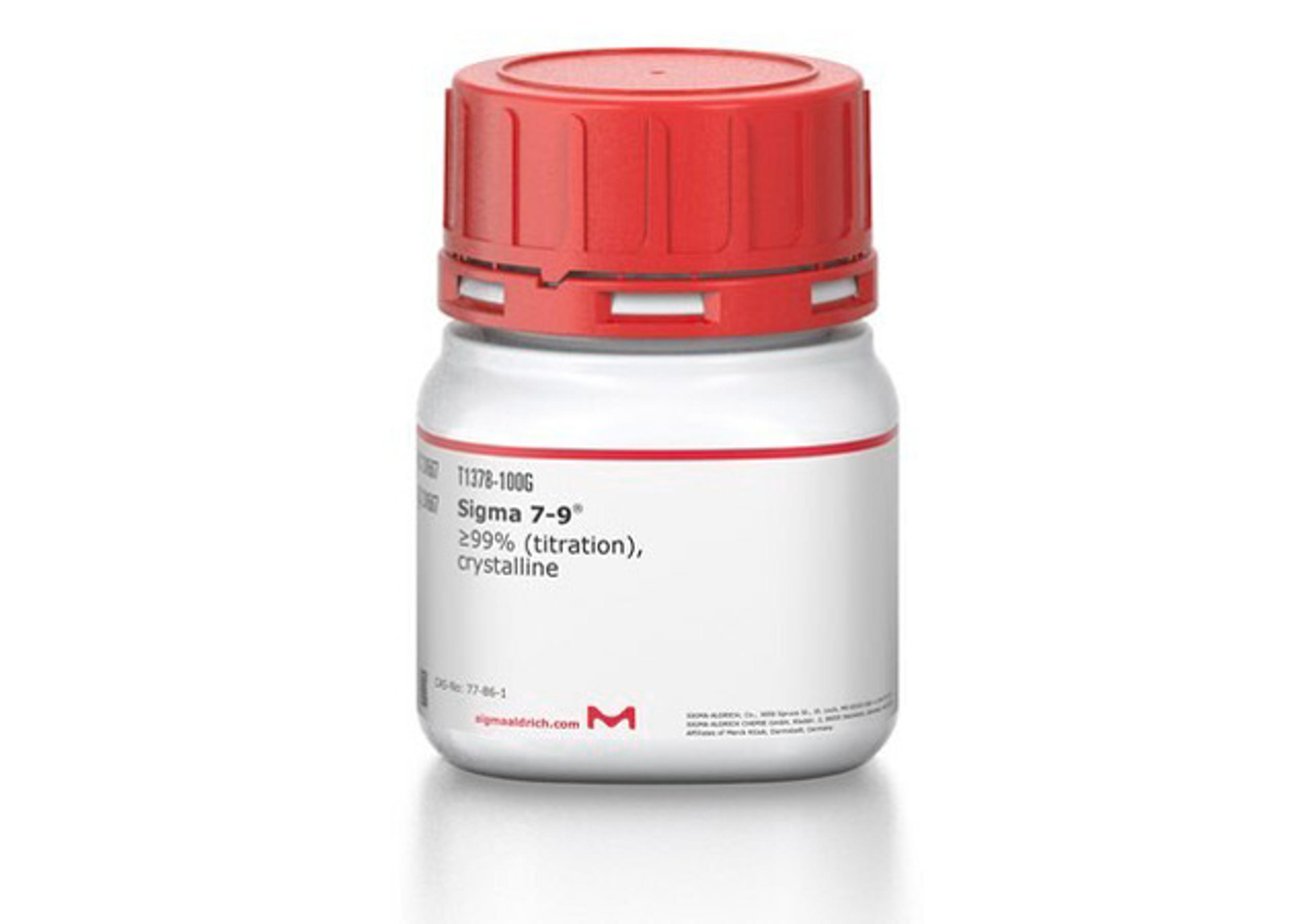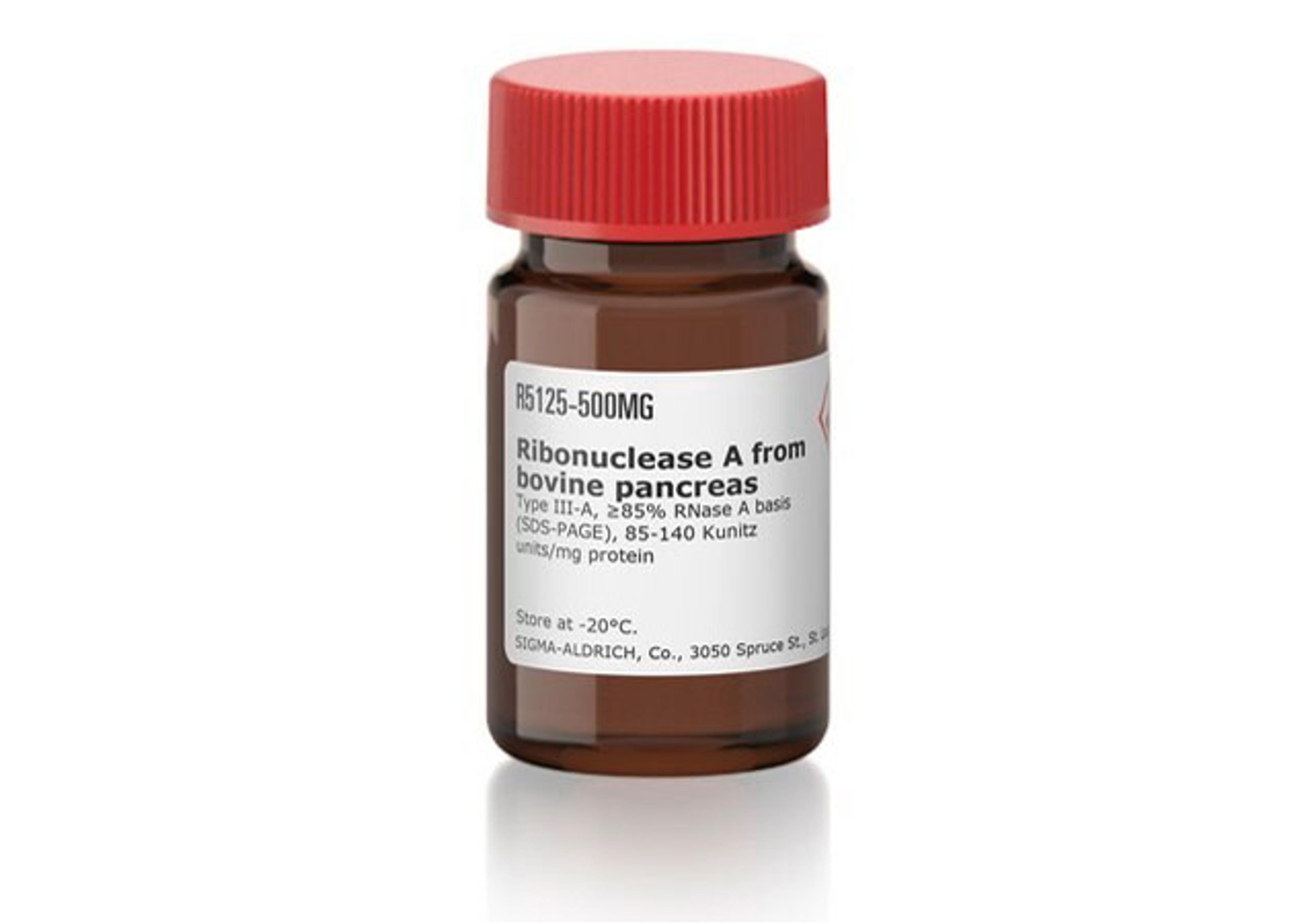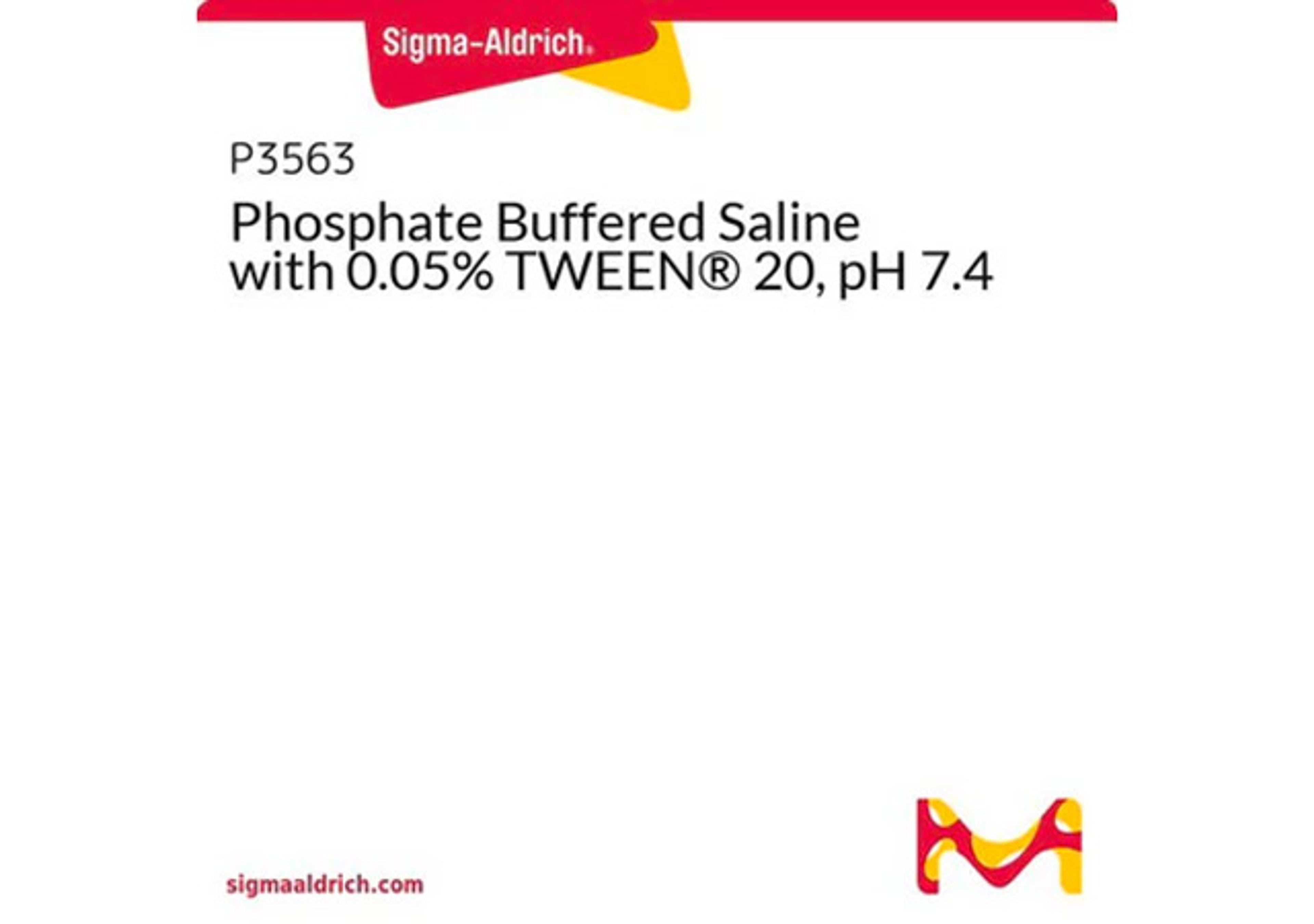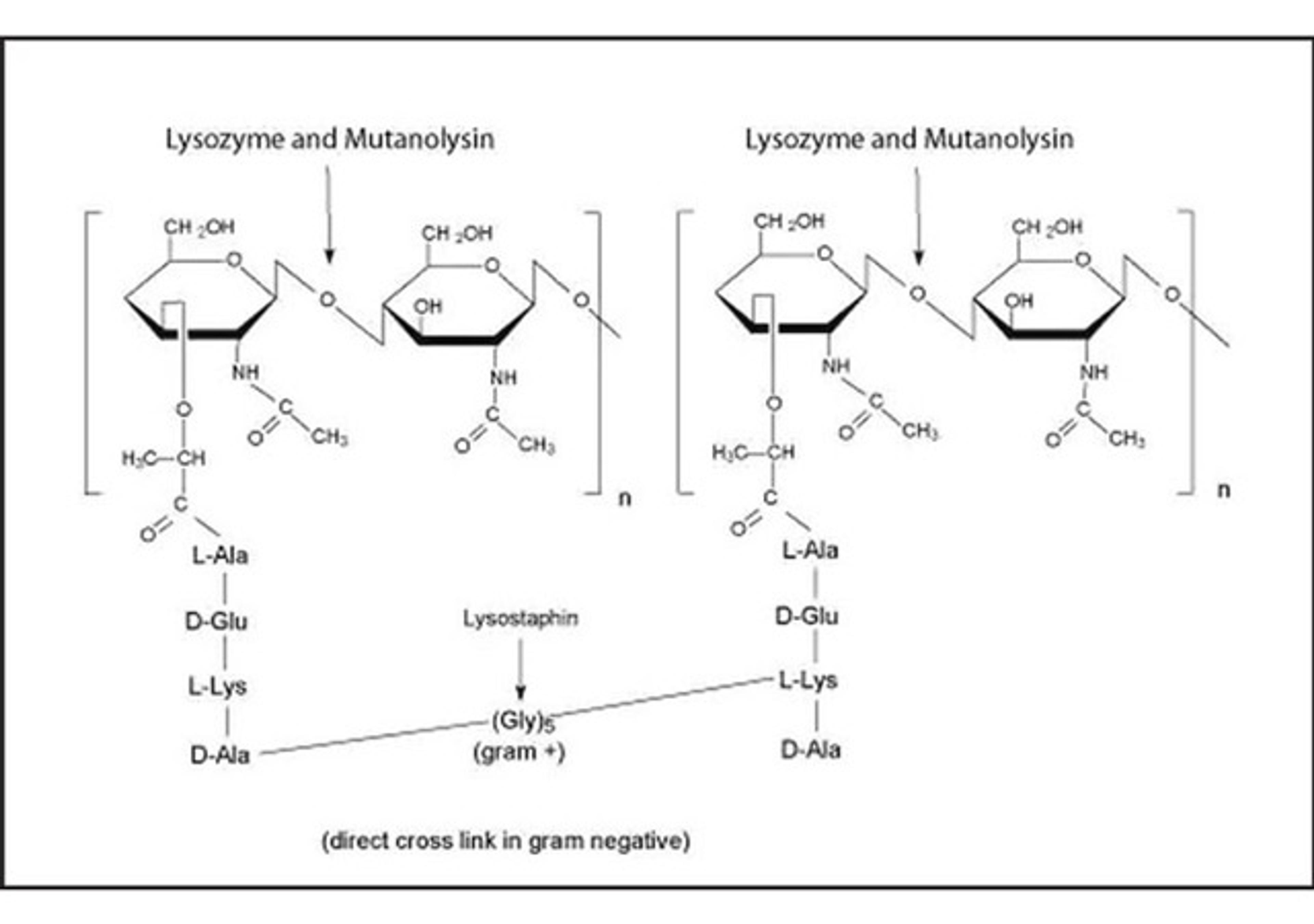AAV5 Xpress ELISA
Unique microtiter plate enzyme immunoassay for the quantitation of intact filled and empty AAV5 capsids. The capture antibody detects a conformational epitope not present on unassembled capsid proteins

The supplier does not provide quotations for this product through SelectScience. You can search for similar products in our Product Directory.
Fast, easy, and reliable AAV5 titer determination with PROGEN's AAV5 Xpress ELISA:
Assay time was reduced to less than 2 hours by adjustment of the kit components and the protocol of our standard AAV5 Titration ELISA
the seamless and risk-free transition from our standard AAV5 Titration ELISA to the Xpress version since the composition of the kit’s core characteristics are not changed same accuracy and reproducibility as the standard AAV5 Titration ELISAs. The ELISA principle:
The assay is based on the sandwich ELISA technique where a monoclonal antibody (mab) specific for a conformational epitope on assembled AAV capsids is coated onto the plate and is used to capture AAV particles from the specimen.
The detection of captured AAV particles is a two-step process.
- A biotin-conjugated mab is bound to the captured AAV particles.
- A streptavidin peroxidase conjugate reacts with the biotin molecules. The addition of the substrate results in a color reaction that is proportional to the amount of specifically bound viral particles.
Comparison of AAV Quantification Methods:
Each of the commonly used quantification methods has its pros and cons:
- qPCR is widely used, but suffers from several issues such as sample preparation, primer design, or PCR efficiency that can lead to high inter-laboratory variation of results.
- Digital droplet PCR methods overcome some of the limitations of qPCR. However, variations between labs can still occur due to different sample processing protocols.
- Dot blot is a simple and quantitative method if reliable reference material is used. However, it suffers from the limited linearity and dynamic range of western blotting in general.
Given the practical drawbacks of the aforementioned techniques, a conventional sandwich ELISA currently appears to be superior in terms of inter-and intralaboratory variation as well as ease of use. Therefore, it represents the best format for reliable and reproducible quantification of total rAVV capsid titers.
Use of shuffled/mutated AAV:
The recognition of shuffled/mutated AAV vectors depends on the specific capsid region which is affected by the shuffling/mutation. The capture antibodies used for PROGEN’s AAV ELISAs bind specific and, in some cases, well-defined conformational epitopes. These epitopes are generated by the capsid assembly of the corresponding AAV serotypes. A first indication that the ELISA might recognize your shuffled/mutated AAV vector is the presence of the antibody-binding epitope. However, changes in the protein sequences of the capsid proteins might also influence the conformation of the proteins, hence the conformation of the epitopes presented on the AAV capsid. This might influence the binding affinity of the antibody and affect the determination of the titer based on the (non-shuffled) Kit Control provided with the AAV ELISA kit. Since these properties strongly depend on the specific shuffling/mutation performed, PROGEN cannot guarantee successful and precise quantification of your shuffled/mutated AAV vector. Even if the antibody binding epitopes are still present on your shuffled/mutated AAV capsid, your essay needs to be tested and optimized for your specific AAV vector.
PROGEN highly recommends the production and calibration of a suitable (shuffled/mutated) Kit Control, to ensure reliable titer determination of your individually shuffled/mutated AAV vector with PROGEN ELISA kits.
Limited Use Label License: Research Use Only
Product is exclusively licensed to PROGEN Biotechnik GmbH. The use of these products for the development, manufacturing and sale of secondary products/derivatives
which are based on the purchased products and/or which include the purchased product require a royalty based sub-license agreement.


